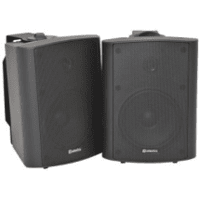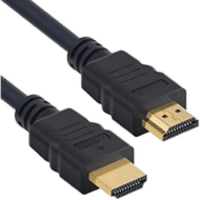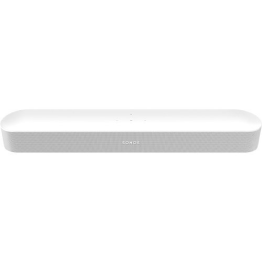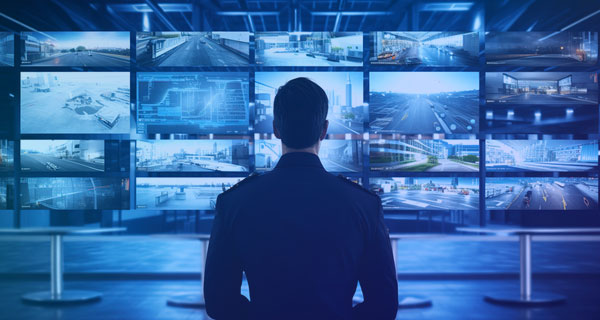Mounting Type
Mounting brackets attach to the back of a monitor and provide a mounting point for a monitor arm or other type of mount. They are typically used with monitors that do not have built-in VESA mounting holes.
VESA mounts are a standardized mounting system for LCD and LED monitors and are available in a variety of sizes and patterns, so it's important to choose a mount that is compatible with your monitor.
The monitors can also be mounted on desks, walls, or ceilings. Desk mounts attach to the edge of a desk or table and allow you to adjust the height, tilt, and rotation of your monitor. Wall mounts allow you to mount your monitor to the wall to save space or create a more streamlined look. Ceiling mounts allow you to hang your monitor above it, which is a good option for standing desks or to create a more immersive viewing experience.
When choosing a monitor stand, it is important to consider the size and weight of your monitor, the type of desk or wall you will be mounting the monitor on, the desired range of motion for your monitor, and your budget.
Shop by mounting types








